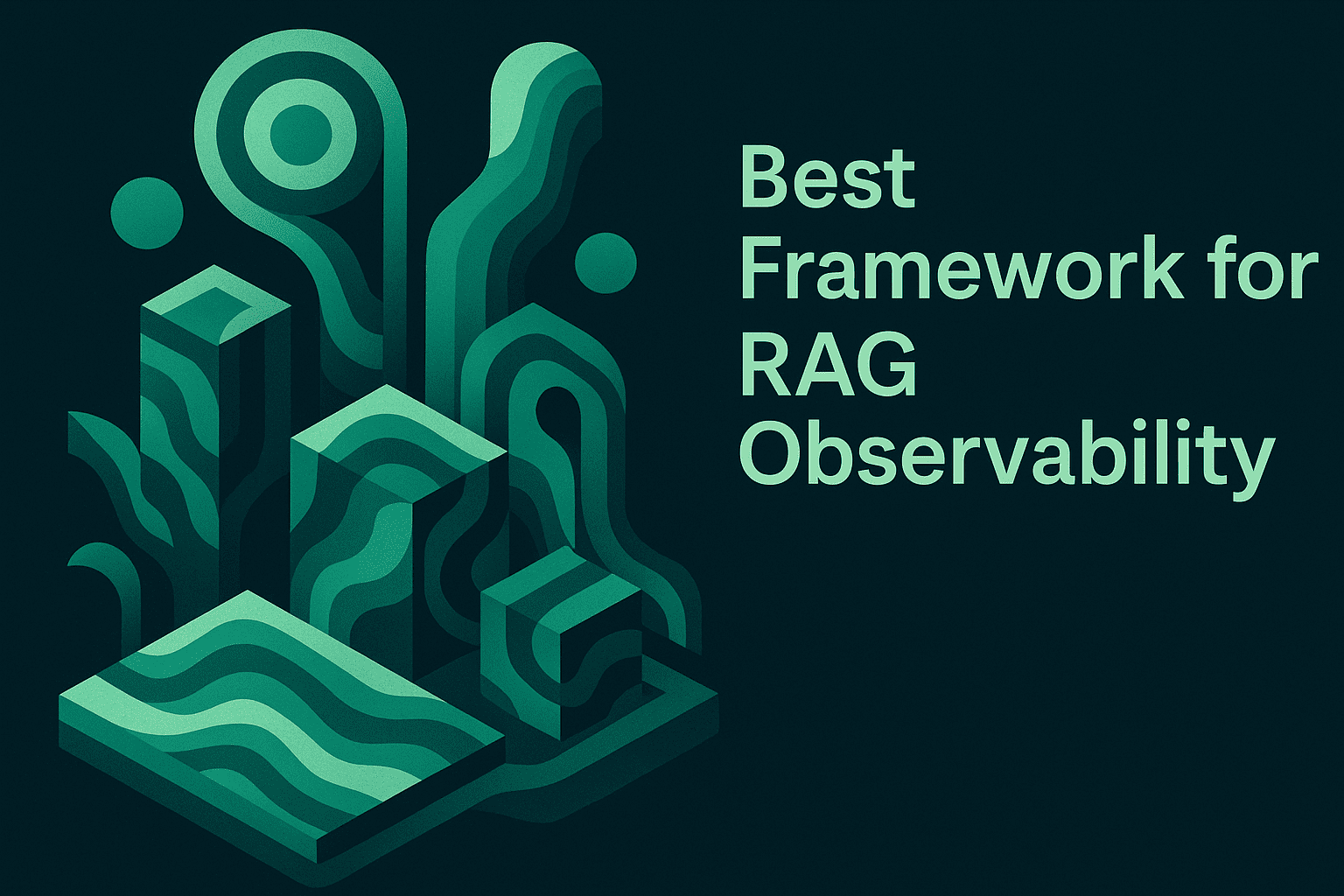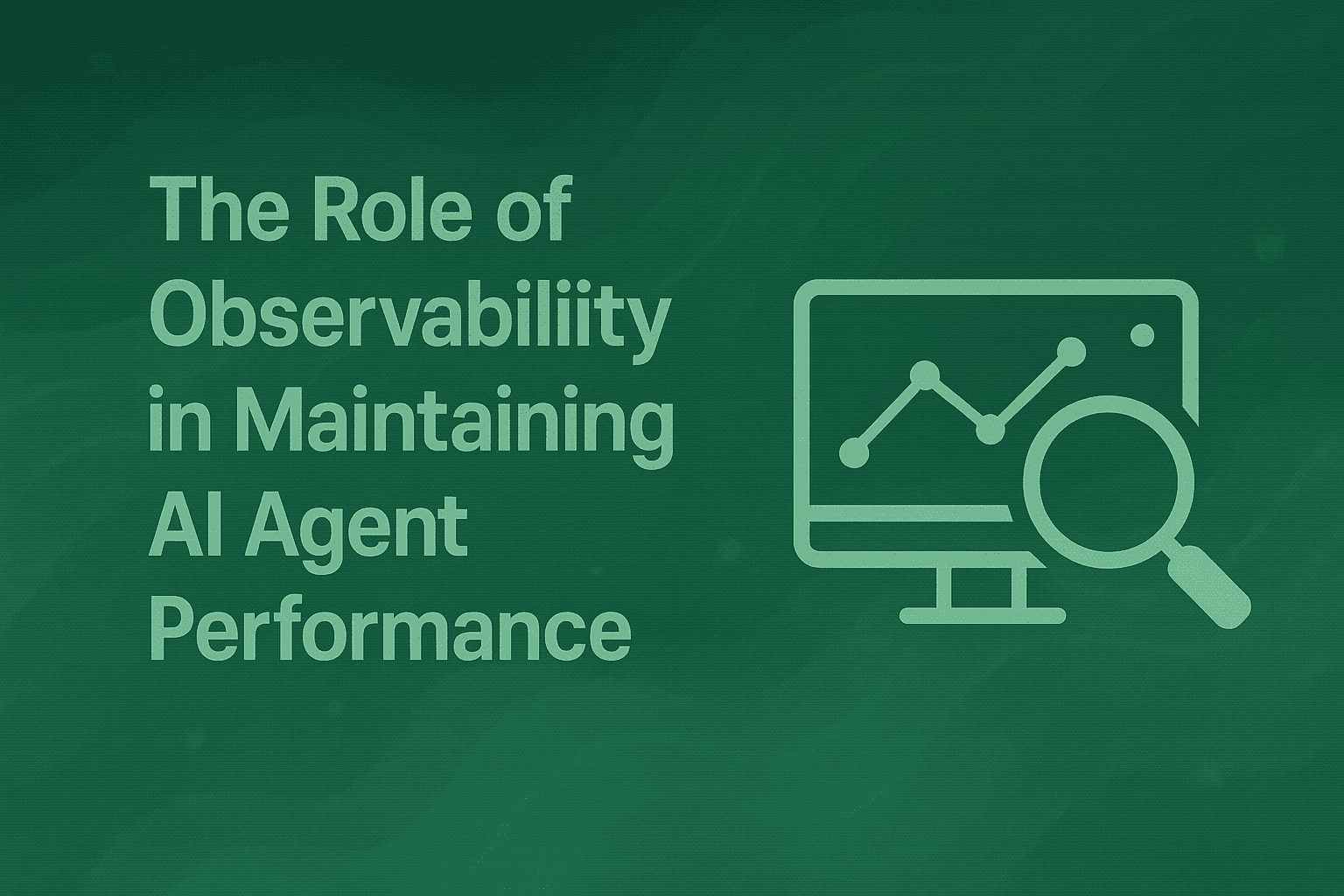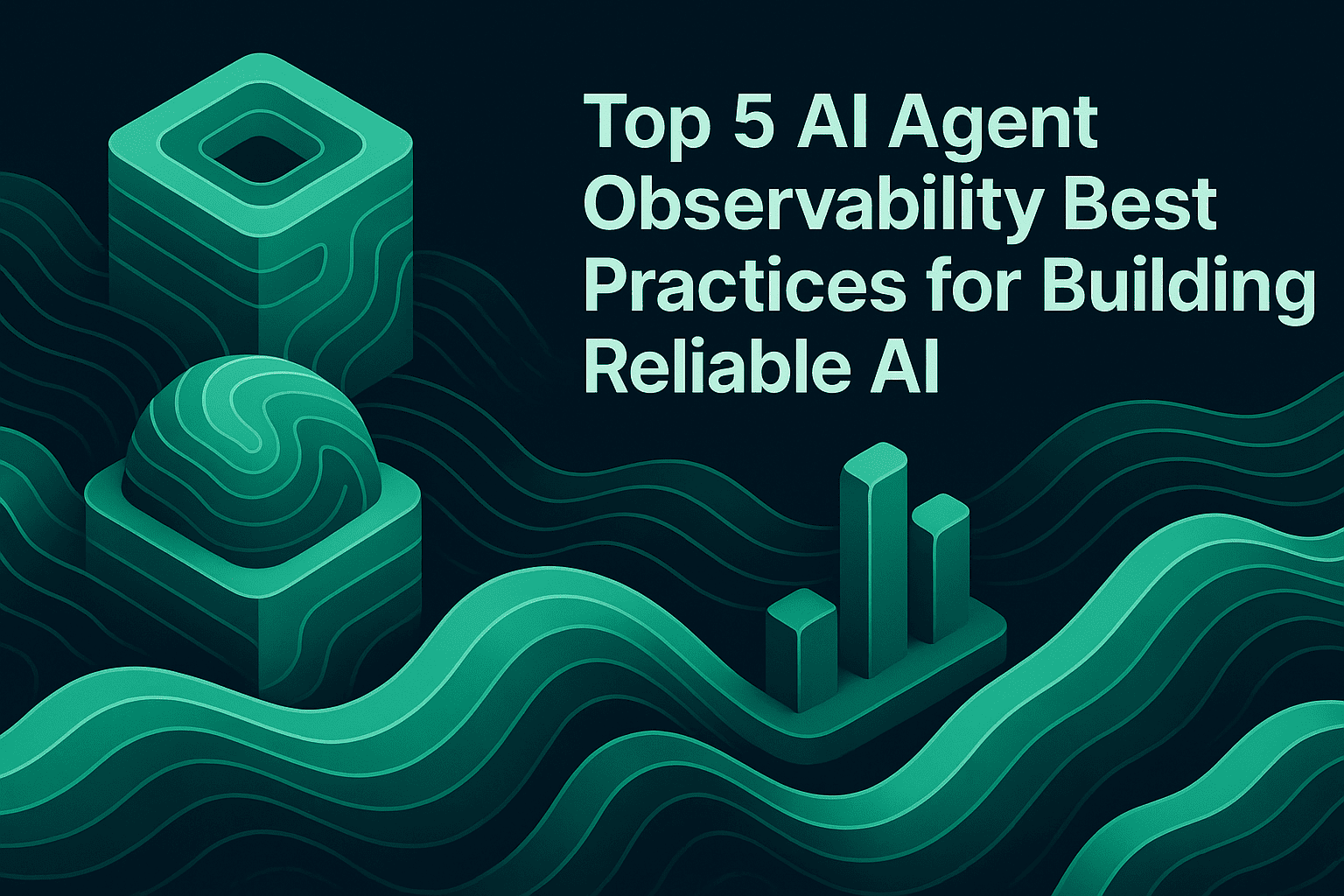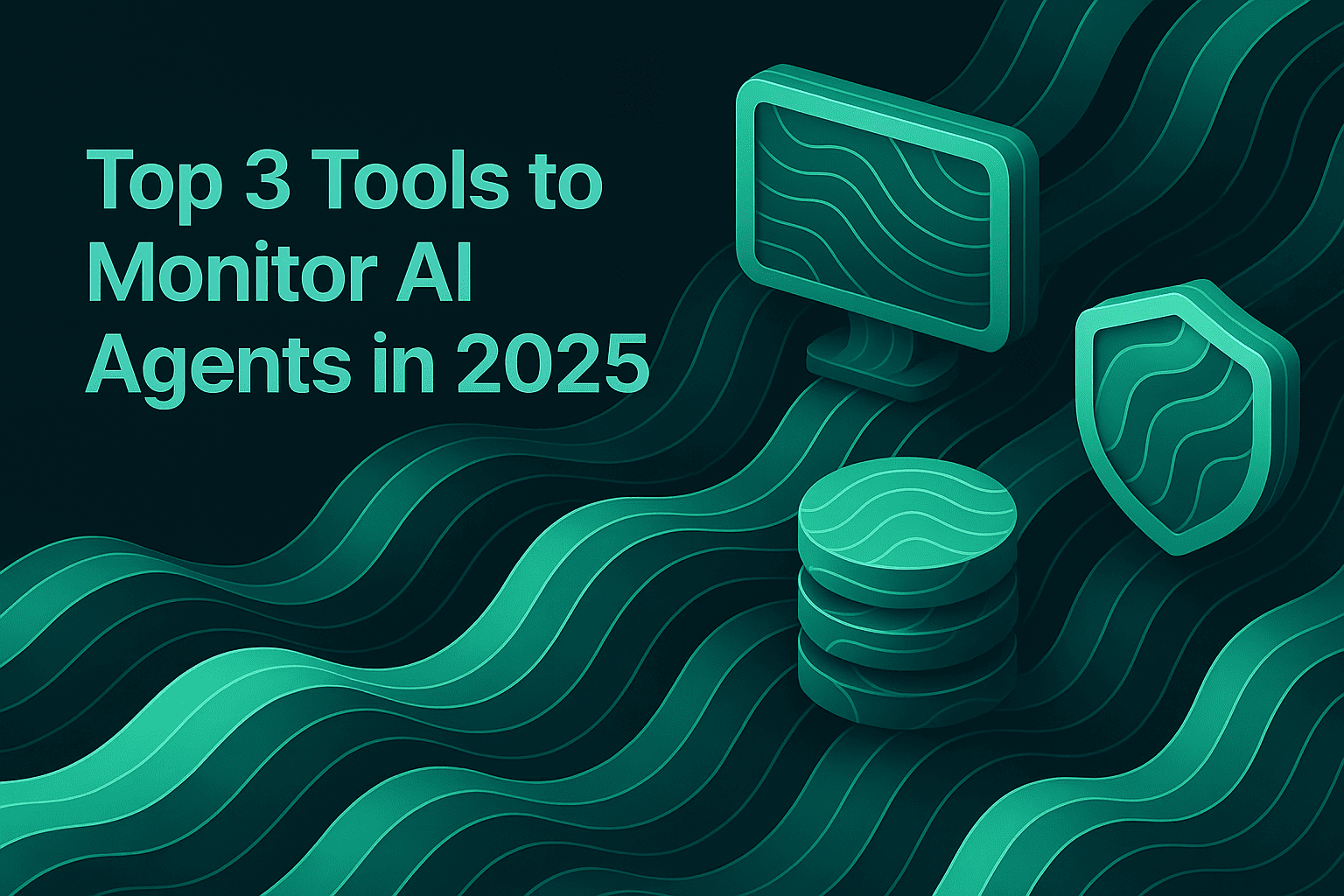Best framework for RAG Observability

TL;DR
Maxim AI offers the most comprehensive framework for RAG observability, combining end-to-end tracing, evaluation, and monitoring for AI agents. Its full-stack platform enables technical teams to debug, monitor, and optimize retrieval-augmented generation (RAG) systems with reliability, and speed. Sign up for Maxim AI to experience best-in-class RAG observability.
Introduction
Retrieval-Augmented Generation (RAG) systems have become foundational in modern AI applications, powering everything from advanced chatbots to enterprise search. As these systems scale, ensuring their reliability, transparency, and quality is critical. RAG observability—the ability to monitor, trace, and evaluate every step of the retrieval and generation process—has emerged as a must-have for engineering and product teams. This blog explores the best framework for RAG observability, focusing on how Maxim AI delivers a unified, full-stack solution for technical teams.
Why RAG Observability Matters
Here’s how RAG observability transforms AI development:
- Debugging RAG pipelines: RAG systems combine retrieval and generation, making debugging complex. Observability frameworks help teams trace failures, identify hallucinations, and resolve issues quickly.
- Ensuring trustworthy AI: Monitoring retrieval sources and generated outputs is essential for building reliable, transparent AI agents.
- Optimizing performance: Observability enables teams to measure latency, cost, and output quality, driving continuous improvement.
- Compliance and governance: Detailed tracing and logging support auditability and regulatory compliance for enterprise AI deployments.
RAG observability is not just a technical requirement, it’s a strategic advantage for teams building production-grade AI applications.
Key Features of a Robust RAG Observability Framework
Here’s what to look for in a RAG observability solution:
1. End-to-End Tracing and Monitoring
A best-in-class framework should provide distributed tracing across the entire RAG pipeline from data retrieval to final output. This includes:
- RAG tracing: Visualize how queries are processed, documents retrieved, and responses generated.
Maxim AI’s Observability Suite offers deep tracing and monitoring, enabling teams to debug and optimize RAG systems with precision.
2. Flexible Evals
Evaluating RAG systems requires both automated and human-in-the-loop approaches. The framework should support:
- Custom evaluators: Configure deterministic, statistical, and LLM-as-a-judge evaluators for nuanced assessments.
- Automated evals: Run periodic quality checks on production logs using custom rules.
- Human review: Collect human feedback for last-mile quality assurance.
Maxim AI’s Evaluation Framework empowers teams to measure and improve RAG quality at every stage.
3. Data Curation and Management
High-quality data is the backbone of reliable RAG systems. The framework should enable:
- Dataset import and enrichment: Seamlessly curate multi-modal datasets for evaluation and fine-tuning.
- Continuous data evolution: Evolve datasets using production logs, eval data, and human feedback.
- Targeted data splits: Create custom splits for focused experiments and evaluations.
Maxim AI’s Data Engine streamlines data management, ensuring your RAG systems are always trained and evaluated on the best data.
4. Real-Time Alerts and Issue Resolution
Production-grade RAG systems require proactive monitoring and rapid issue resolution. The framework should provide:
- Live quality alerts: Get notified of anomalies, failures, or quality drops in real time.
- Root cause analysis: Re-run simulations from any step to reproduce and resolve issues.
- Custom dashboards: Visualize agent behavior and quality metrics across custom dimensions.
Maxim AI’s observability tools deliver actionable insights, helping teams maintain high reliability in production.
5. Seamless Integration and Developer Experience
A robust observability framework should integrate easily with existing workflows and tools:
- SDKs for Python, TS, Java, Go: Native support for popular languages.
- No-code configuration: Product teams can drive AI lifecycle without engineering dependence.
- Unified interface: Connect with databases, RAG pipelines, and prompt tools seamlessly.
Maxim AI’s Playground++ and Bifrost gateway offer drop-in integrations and zero-config startup, accelerating development and deployment.
How Maxim AI Stands Out for RAG Observability
Here’s why Maxim AI is the best framework for RAG observability:
- Full-stack coverage: Maxim AI covers experimentation, simulation, evaluation, and observability in one platform, supporting the entire AI lifecycle.
- Multimodal agent support: Monitor and evaluate agents across text, voice, and other modalities.
- Cross-functional collaboration: Intuitive UI and custom dashboards empower both engineering and product teams.
- Flexible evaluators: Deep support for human and LLM-in-the-loop evaluations.
- Enterprise-grade reliability: Robust SLAs, managed deployments, and hands-on support for mission-critical applications.
For a detailed look at Maxim AI’s approach to prompt injection and security, see this blog post on Maxim AI.
Conclusion
RAG observability is essential for building trustworthy, high-quality AI applications. Maxim AI delivers the most comprehensive framework, combining end-to-end tracing, flexible evaluation, seamless data management, and real-time monitoring. Whether you’re debugging RAG pipelines, optimizing agent performance, or ensuring compliance, Maxim AI empowers technical teams to ship reliable AI agents faster and with greater confidence.
Ready to experience best-in-class RAG observability? Request a demo or sign up for Maxim AI today.
FAQs
What is RAG observability?
RAG observability refers to the ability to monitor, trace, and evaluate every step in a retrieval-augmented generation system, ensuring reliability and transparency.
How does Maxim AI support RAG observability?
Maxim AI provides distributed tracing, flexible evaluation, real-time monitoring, and seamless data management for RAG systems. Learn more in the Maxim AI documentation.
Can product teams use Maxim AI without coding?
Yes, Maxim AI’s intuitive UI and no-code configuration empower product teams to drive AI lifecycle management without engineering dependence.
What makes Maxim AI different from other observability platforms?
Maxim AI offers full-stack coverage, multimodal agent support, flexible evaluators, and enterprise-grade reliability, making it the most comprehensive solution for RAG observability.
Where can I learn more about Maxim AI’s features?
Visit the Maxim AI documentation and Maxim AI blog for detailed insights.


